Wonderful colors and flowers, an exhibition of fine porcelain from past dynasties
★ Tourist location: Porcelain Hall of Changshu Museum in Suzhou
Among the many exhibits, my favorite is porcelain. The porcelain museum in Changshu can be said to be a relatively large exhibition hall and has a rich collection of cultural relics. Porcelain first appeared in my country, which is related to the rich accumulation of porcelain clay and kaolin in many places in my country. After all, raw materials must be first needed to burn porcelain! The original porcelain glaze layer is thin and easy to peel off. It belongs to the early and low-level stage of porcelain production. The porcelain at this stage does not even look as exquisite as the pottery at that time. However, the original celadon yellow-glaze string-pattern bowl from the Spring and Autumn Period had a lid and a jar, and the exquisite prototype can already be seen.

However, in the Eastern Han Dynasty, celadon became more delicate when fired. In the Tang Dynasty, the Yue Kilns in the south and the Xing Kilns in the north were famous for their celadon and white porcelain respectively, collectively known as the South Green and the North White. During the Five Dynasties and Ten Kingdoms period, the State of Wuyue burned thin-body and secret color porcelain, whose delicacy was almost comparable to jade. The green-glazed chicken coop during the Western Jin Dynasty was more exquisite. Although the porcelain was not large, the chickens in the chicken coop were also quite lively and lovely. It was a very vivid porcelain work. Xiqing glaze dog pens and pig pens are also very interesting and well-made. It can be seen that porcelain from the Western Jin Dynasty was not only fired as food utensils, but also became decorations on desks. The blue glaze sleeping pots and sauce-glaze pan pots with double chicken heads and dragon handles from the Southern Dynasties are all high-quality products among the original porcelain. The blue glaze dual-series pan-mouth pot of the Sui Dynasty is not only elegant in shape, but also innovative in color. The upper part is made of blue glaze, while the lower part is made of white glaze. The whole work is elegant and agile. Compared with the previous dynasties, there has been great progress. Although the Tang Dynasty's white glaze four-curved flower-mouth bowls and blue glaze bi-bottom bowls are simple in shape, the glaze color is very delicate.

Porcelain kilns in the Song Dynasty were greatly developed. At that time, there were five famous kilns: Ru Kiln, Guan Kiln, Ge Kiln, Ding Kiln, and Jun Kiln. Others such as Jian Kiln, Jizhou Kiln, and Longquan Kiln were also quite famous. In the Tang and Song Dynasties, porcelain was exported overseas and became a symbol of China. In English vocabulary,"china" means porcelain, and the initials are capitalized, which means China.

The Hutian Kiln Series of Shadow and Green Glaze Sacrificial Vessels in the Southern Song Dynasty are complete sets of porcelain works. Whether it is a pot or a cup, they are all fired with patterns and the glaze color is white and delicate. The blue-white glaze engraved lotus pattern plate is more delicate in shape, and the edge and bottom of the bowl are engraved with beautiful lotus patterns.

During the Yuan, Ming and Qing Dynasties, the main location of porcelain production in my country moved to Jingdezhen. To this day, the porcelain produced in Jingdezhen, Jiangxi is still famous. The Cizhou kiln rolling grass pattern cans and the white ground brown rolling grass pattern cans in the Yuan Dynasty have a bit of a retro flavor, much like previous pottery, with rice dumplings fired on the fine porcelain. The pattern of the blue and white phoenix-bird pattern lid jar in Yuxi Kiln is a bit similar to freehand brushwork in traditional Chinese painting, with maple leaves like splashed ink. The glaze color of the Longquan Kiln blue glaze string-pattern large jar is deeper and thicker than the previous blue glaze. The color of the azure glaze cans of the Jun kiln series is similar to that of the azure after rain, with a faint cyan color, which looks very elegant.

The Ming Dynasty Dehua Kiln white longevity statue is small, but the depiction is very delicate. The concave-convex shape of the Longquan Kiln's intertwined branches and peony pattern carved pattern is very three-dimensional, and the pattern of the three-legged stove with reverse pattern and dark pattern is simple and generous.

Blue and white porcelain is made of cobalt as a pigment, painted directly on the porcelain body, applied with transparent glaze, and fired at a high temperature of 1300 degrees. Because the pattern color is a single blue-blue color, it is called blue and white porcelain. At first, I thought that blue and white porcelain appeared in the Ming and Qing Dynasties. Later, I learned that blue and white porcelain existed in the Yuan Dynasty. Later, I discovered that blue and white porcelain appeared in the Tang Dynasty. However, after the Five Dynasties and the Song Dynasty, the production of blue and white porcelain did not prosper. It was not until the Yuan Dynasty that Jingdezhen's blue and white porcelain developed rapidly due to the needs of trade in the Middle East, so that many people thought that blue and white porcelain only appeared in the Yuan Dynasty. Since the 15th century, blue and white porcelain has replaced celadon and become the mainstream of Chinese porcelain production. Blue and white flowers in the Ming and Qing Dynasties are divided into official kilns and civilian kilns. The former has a rigorous style, while the latter is much more free and free. The Yongle and Xuande Dynasties of the Ming Dynasty were the peak of blue and white porcelain and were exquisitely produced. The five-color blue and white porcelain during the Kangxi period of the Qing Dynasty pushed the blue and white porcelain to its peak. After the Qianlong Dynasty, blue and white porcelain gradually declined due to the development of pastel porcelain.

The range of making blue and white porcelain is very wide. The blue and white are burned on dishes, pots and bottles, breaking the single original glaze, making the patterns richer and the expression techniques more colorful.

Colorful, Doucai, Pastel and Enamel are all varieties of overglaze color. They are decorated with colored materials and paintings on the fired glaze. Because the color on the glaze will have a concave and convex feeling when touched with your hands. These varieties need to be fired twice, first fired into porcelain in a kiln, and then painted and grilled in a colored stove.

Colorful colors are divided into over-glaze colors and blue and white colors. Over-glaze colors are colored patterns painted on the glaze of the white-glazed porcelain that has been fired and then baked for a second time. Blue and white colors generally have five main colors: red, yellow, green, purple and blue and white. It is a porcelain painting that combines underglaze blue and white and overglaze color. Colorful colors began in Xuande in the Ming Dynasty. During the Jiajing and Wanli periods, blue and white were burned in full swing. During the Xi Dynasty of the Qing Dynasty and Tang Dynasty, blue and black color on glaze were invented, making the colorful on glaze replace the colorful blue and white.

The colorful double-dragon beaded fan boxes in the Wanli period of the Ming Dynasty were already quite rich in color. During the Kangxi period, the colors of the vegetarian three-color horses and vegetarian three-color shoes were even richer. The colorful infant drama pattern and the begonia-shaped insertion board directly fired a vivid picture. Children were playing outdoors, dressed in colorful costumes, tables and chairs, trees, bridge railings, etc. were different in color, and they were indeed colorful. The colorful story picture of the characters in the West Chamber has richer characters and brighter colors. Because there are more characters, and the colors of women's images are brighter, delicate and vivid characters are drawn on the small board. Although they are compact, they do not seem bloated.

Doucai is an innovative variety of Xuande official kilns in the Ming Dynasty. It combines underglaze blue and white and overglaze color paintings. It is also a high-quality color porcelain. The production process is naturally more complicated. First, blue and white are used to draw the main decoration or outline lines on the porcelain body, cover it with transparent glaze, and then fired into blue and white porcelain at high temperature. Then, the fired glazed porcelain body is filled with one or more colors according to the color needs of the decoration, and baked at low temperature in the furnace. The double-belly bowl with dark eight immortals pattern during the Qianlong period of the Qing Dynasty has rich color levels and delicate patterns. The whole work looks very exquisite and gorgeous.

Enamel color is a royal porcelain specially used for emperors and empresses. The output is not large and has not been passed down much. Fortunately, it is not old enough, so there are collections in general museums. The method of making it is to first fire white porcelain at high temperature in Jingdezhen, then send it to the Qing Palace Internal Affairs Office in Beijing to apply color with enamel material, and fire it at low temperature in a color furnace. Starting from the Kangxi Dynasty, it was first copied from copper-body enamel, so it is also called porcelain painting enamel. In the Yongzheng Dynasty, enamel color combined the comprehensive art of poetry, calligraphy, painting themes and porcelain craftsmanship. It can be said that in the Yongzheng Dynasty, enamel color truly shines. The enamel-colored rose flower pattern plate during the Yongzheng period not only drew three roses, but also two little bees were lifelike. The whole pattern looks lively and full of interest in life.

Pastel appeared in the late Kangxi period, but the production was still relatively rough. One was white ground pastel and the other was rouge red. By the Yongzheng Dynasty, pastel had developed, and great progress had been made in terms of shape, glaze and painting. After Yongzheng, pastel had become the mainstream of Jingdezhen colored porcelain. This kind of porcelain is made with glass white as a base, oil is used to color, foreign color is used to render the painting, and then fired at low temperature. Of course, the low temperature during the firing process generally refers to about seven to eight hundred degrees. The pastel flower pattern square wine bucket made during the Jiaqing period of the Qing Dynasty is a small work, but it is so well made that it can still be regarded as a masterpiece even today. During the Guangxu period, the pastel hundred bat pattern bottle was painted with dense bat patterns on the bottle, which was not too large, but it did not appear messy.
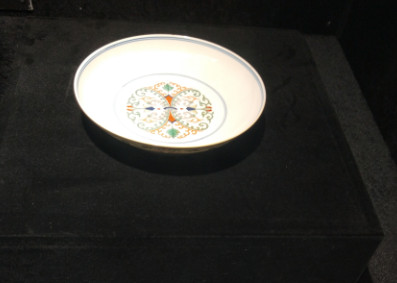
In the late Qing Dynasty, there were also some works imitating famous kilns that were also quite exquisite. Because they were well preserved, their glaze colors and shapes were all excellent works. For example, the bottle imitated by Ru gray and blue glaze string-pattern during the Guangxu period of the Qing Dynasty has a slender bottle body and an elegant glaze color. Although it is only monochrome, the glaze color is very delicate. The glaze color of the Junhong Kiln Transverse Ear Bottle is dark red. The magic is that as the viewing angle remains unchanged, it seems that the red will flow. At first glance, the white-glazed porcelain landscape pattern hat tube does not look like porcelain, but can be regarded as a jade carving, with fine and clear patterns. During the Daoguang period, the blue glaze carving porcelain "Double Horses Under the Willow" pattern resembled the bright glaze color of an ear bottle. The double Horses were lifelike in shape, and the willow trees that were decorated were also graceful.

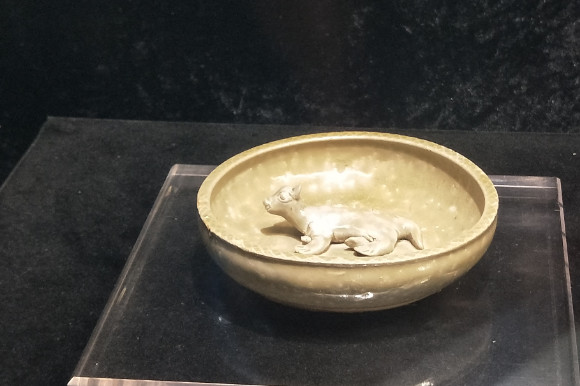
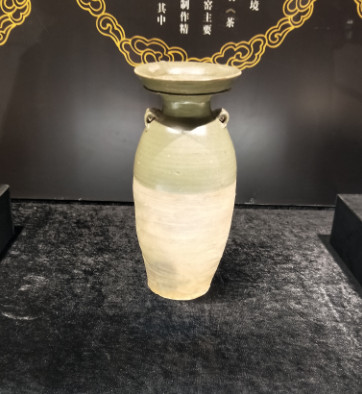

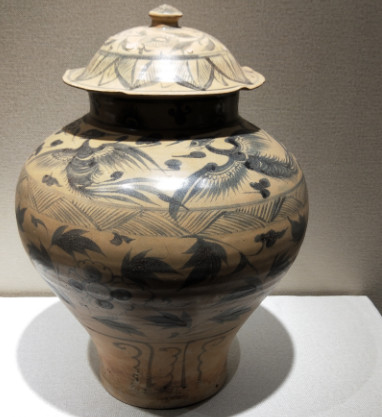

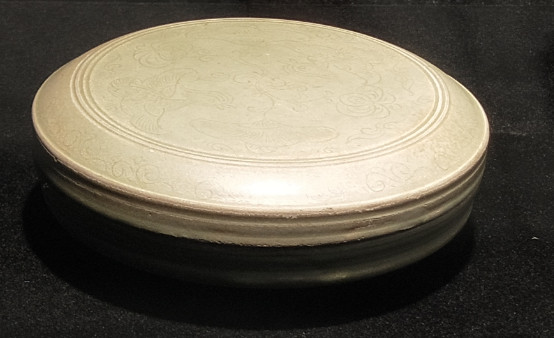


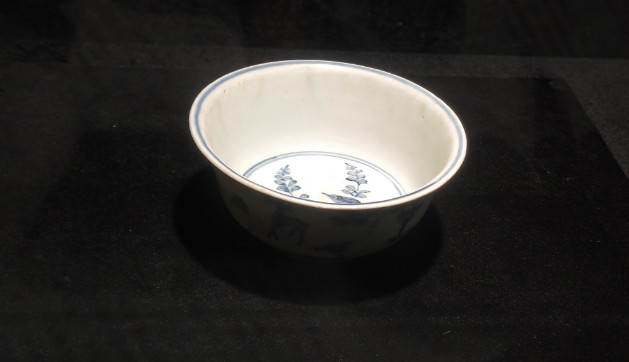






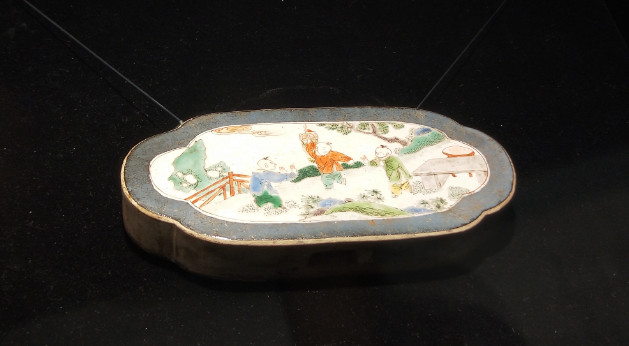

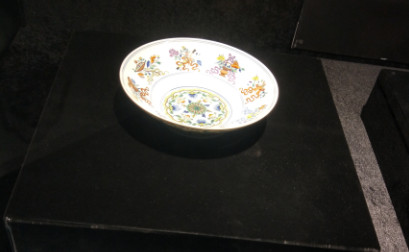


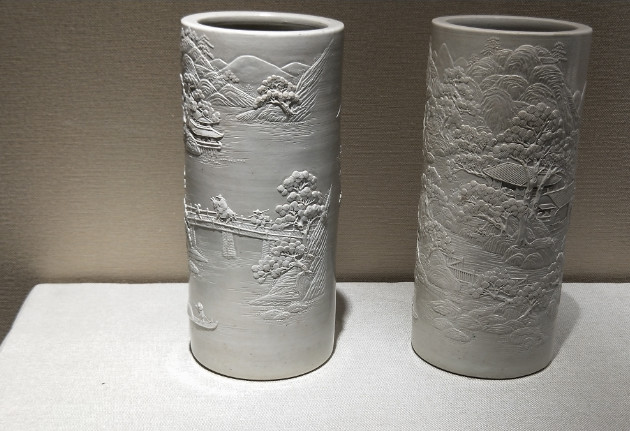
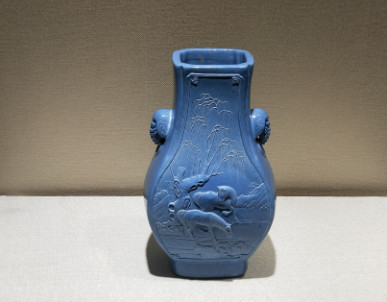





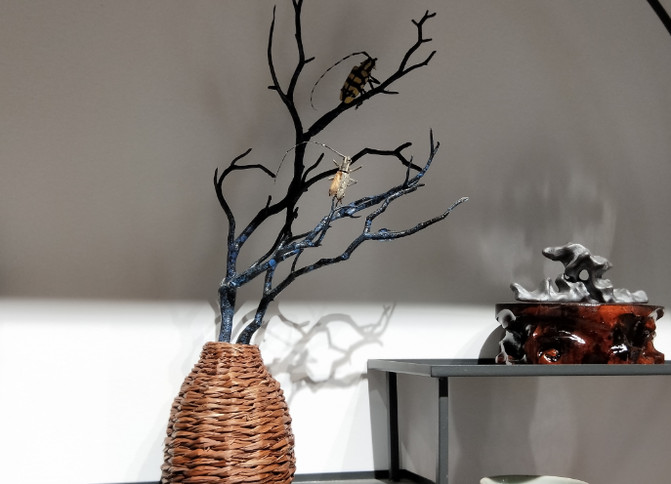
Previous Article:Cuiyan Temple, the ancestral courtyard of Suzhou West Garden
Next Article:Lingering Garden, the crown of the famous garden in Wuxia (Part 1)
